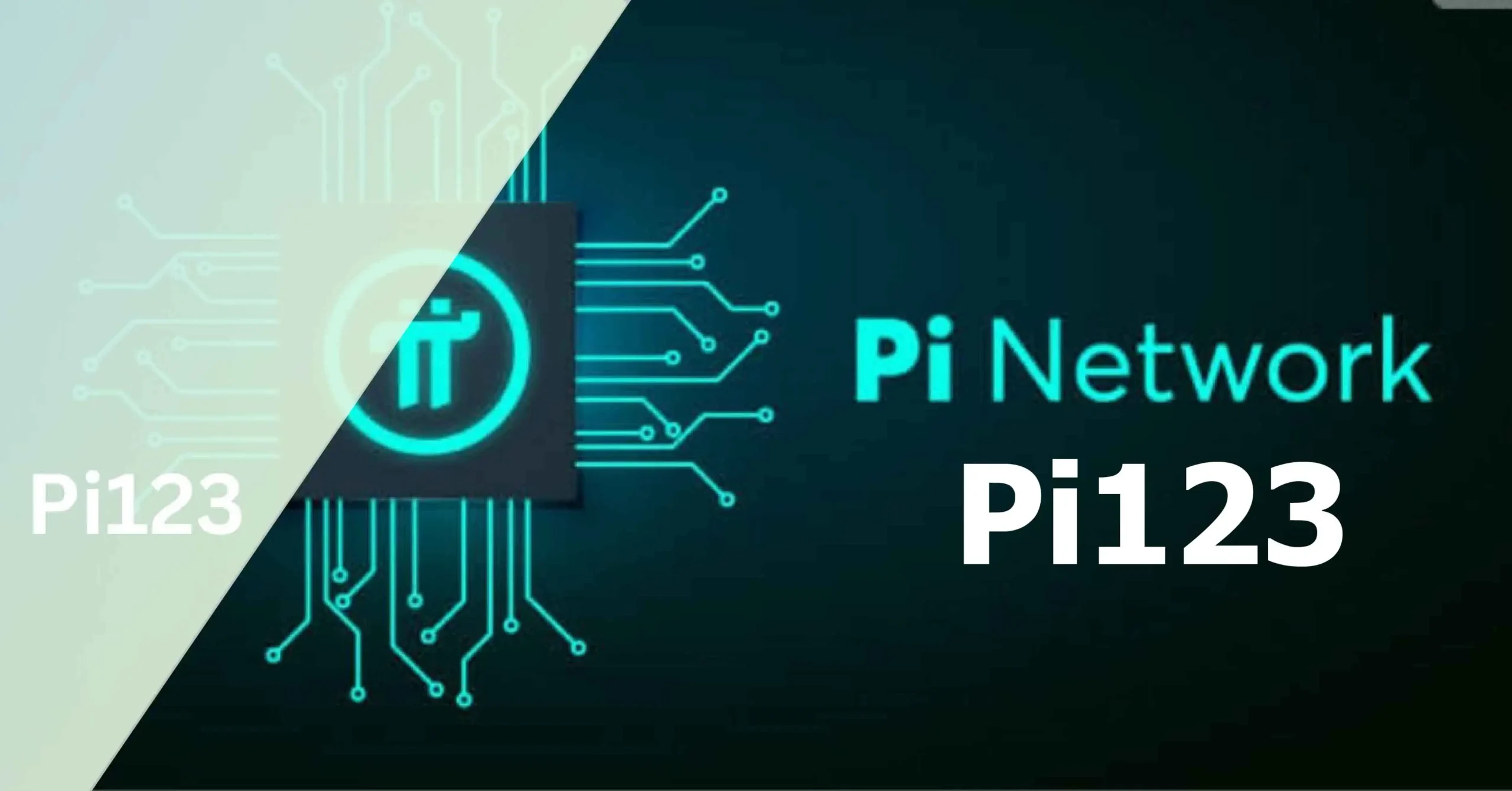Introduction
In the ever-evolving landscape of technology and innovation, identifiers, codes, and frameworks play a pivotal role in connecting systems, ideas, and applications. One such identifier that has sparked interest and curiosity in various circles is PI123. While its exact nature or application may vary depending on context, the significance of such identifiers lies in their ability to serve as bridges between abstract concepts and practical applications. This article delves deep into understanding the underlying essence of its potential, and its impact across industries.
What Does PI123 Represent?
At its core, PI123 symbolizes the blending of simplicity and sophistication. Whether it is used as a placeholder, a codename, or a functional identifier, carries the potential to represent modularity, adaptability, and precision. In computing, for instance, such identifiers often align with project structures, versioning systems, or algorithmic components. Beyond the technical realm, PI123 could embody frameworks in education, healthcare, or logistics that streamline operations while retaining a distinct identity.
The Historical Context of Systematic Identification
To appreciate the role of PI123, one must explore the evolution of identifiers in modern systems. From the development of early cataloging systems to advanced algorithms today, the need for unique markers has always been a priority. In ancient libraries, for example, manuscripts were labeled for easy retrieval. Fast forward to today, identifiers such as barcodes, QR codes, and alphanumeric sequences have become indispensable in global operations. fits seamlessly into this tradition, hinting at the next stage of smarter, more intuitive systems.
Applications of PI123 in Modern Systems
1. Data Organization and Management:
PI123 could be a key component in database management systems where entities are tagged uniquely for better traceability. By ensuring each data point has a unique identity, systems reduce redundancy and improve efficiency.
2. Software Development Frameworks:
In software engineering, placeholder identifiers like PI123 allow developers to test modules without committing to final names or configurations. This encourages experimentation and innovation during the developmental stages.
3. Logistics and Inventory Systems:
Unique codes are fundamental in supply chain management. PI123 could serve as a hypothetical reference for tracking items, maintaining stock records, or automating shipment processes.
4. Education and Research:
In educational tools and research papers, generic identifiers like PI123 help standardize content without overshadowing the main focus. This is particularly useful in training simulations or academic exercises.
PI123 as a Symbol of Innovation
 Identifiers like PI123 aren’t merely technical constructs; they are a testament to humanity’s quest for order in complexity. They symbolize the power of abstraction, where complex systems are represented through concise, memorable formats. Such symbols remind us of how simple frameworks can drive larger innovations, enabling users across fields to share, interpret, and build upon shared platforms.
Identifiers like PI123 aren’t merely technical constructs; they are a testament to humanity’s quest for order in complexity. They symbolize the power of abstraction, where complex systems are represented through concise, memorable formats. Such symbols remind us of how simple frameworks can drive larger innovations, enabling users across fields to share, interpret, and build upon shared platforms.
The Role of PI123 in Emerging Technologies
Emerging technologies such as blockchain, artificial intelligence (AI), and the Internet of Things (IoT) thrive on unique, immutable identifiers. Blockchain, for instance, relies heavily on cryptographic hashes to validate transactions. Similarly, AI systems use tagged datasets for training algorithms. PI123, as a conceptual identifier, aligns perfectly with the increasing demand for unique, adaptable markers in these cutting-edge fields.
Challenges Associated with Systematic Identification
Despite their utility, identifiers like PI123 also face challenges. One significant issue is ensuring global uniqueness in a world where systems continually intersect and expand. Another challenge involves preventing misuse, especially in sectors like cybersecurity. A poorly secured identifier can become a vulnerability, leading to breaches and exploitation.
Looking Ahead: The Future of PI123
As technology advances, the role of identifiers such as will only grow more significant. With the integration of smarter systems and real-time analytics, identifiers will move beyond static labels to become dynamic entities. They will adapt to changing environments, interact with other systems autonomously, and provide enriched context. PI123 represents a step toward this future, serving as a bridge between legacy systems and futuristic technologies.


